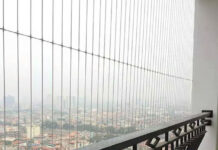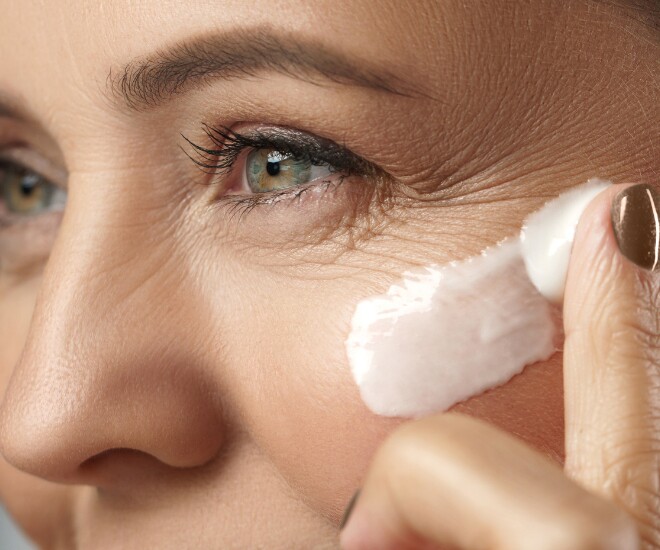
Sunscreen is a vital tool in the anti-aging arsenal, but choosing the right one is essential. While sunscreen can help prevent signs of aging, not all products are created equal, and improper use can lead to skin damage and accelerated aging.
It’s important to note that not all sunscreens are created equal, and their effectiveness can vary depending on your skin’s needs and condition.
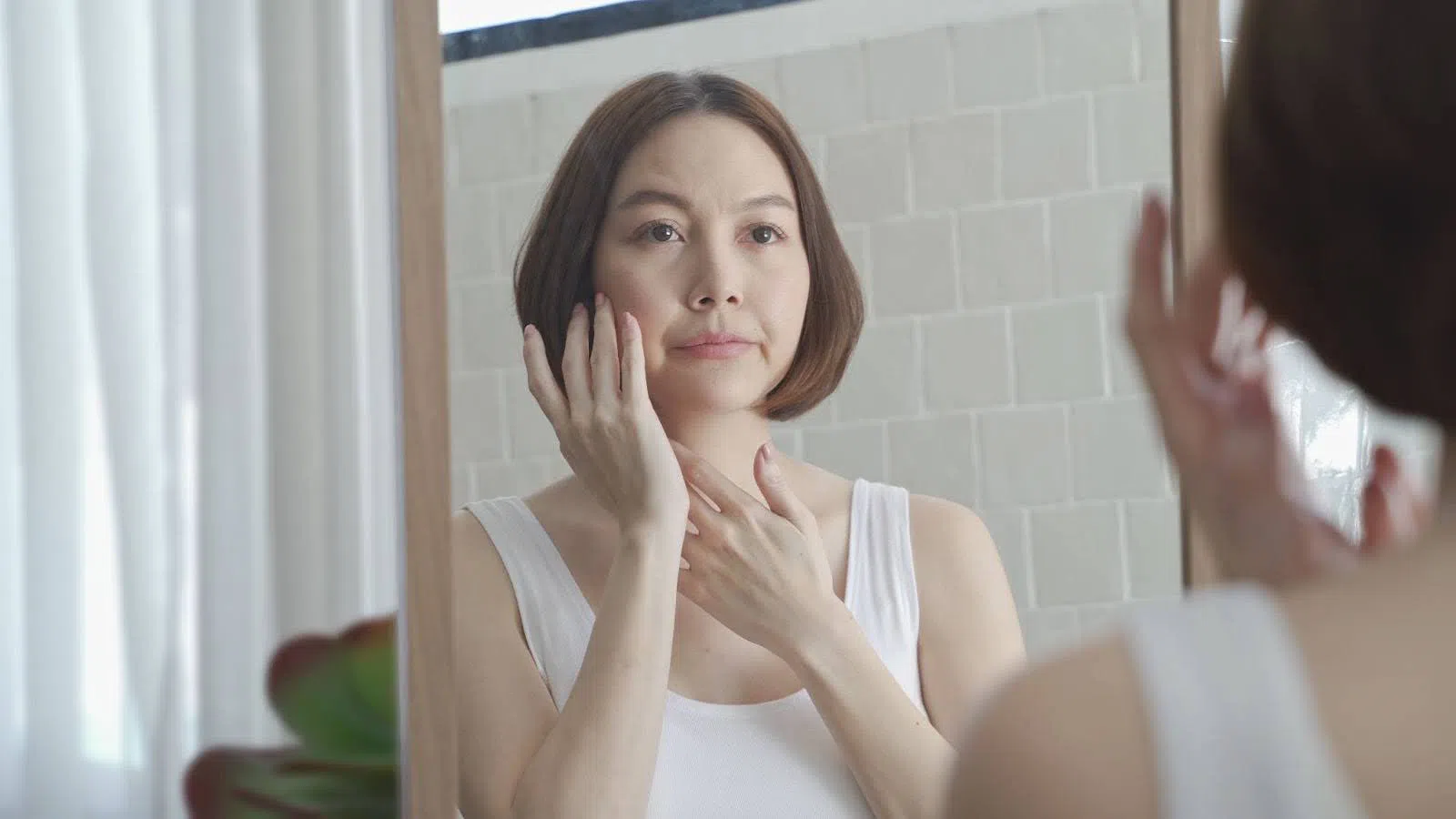
Using the wrong type of sunscreen or applying it when your skin is not ready can lead to more harm than good.
Here are three scenarios where sunscreen might do more damage than good:
Acne-prone or severely damaged skin
Applying sunscreen, especially those with thick consistencies and multiple chemical filters, on skin with severe acne inflammation can exacerbate the condition. Clogged pores provide an ideal environment for bacteria to thrive, leading to more breakouts, and the skin’s protective barrier is further compromised. Additionally, rigorous daily cleansing to remove sunscreen can thin and sensitize vulnerable skin.
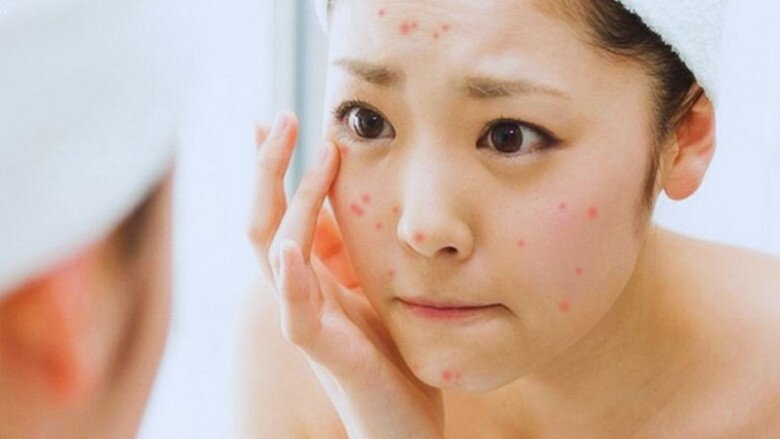
Sunscreen can potentially aggravate acne-prone skin and accelerate the aging process.
Sensitive skin or post-peel/laser treatment
After undergoing skin-resurfacing procedures like peels or laser treatments, or using high-dose retinoids such as tretinoin, your skin becomes thinner, more prone to dehydration, and highly sensitive. During this time, chemical sunscreens can cause stinging, itching, redness, or flaking.
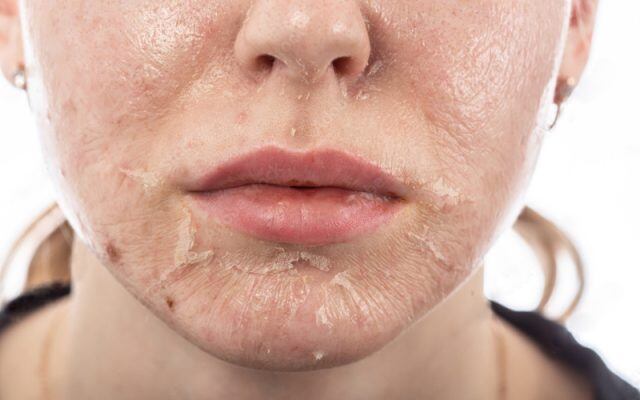
Skin undergoing treatment is typically sensitive and easily irritated by sunscreen ingredients.
In such cases, dermatologists often recommend using gentle physical sunscreens or relying on protective clothing instead of applying multiple products.
Inadequate application or failure to reapply
A common mistake is applying too little sunscreen or assuming that a single morning application will last all day. To achieve the protection stated on the label, you need to use approximately 2 mg of sunscreen per cm² of skin – that’s about 1/4 of a teaspoon for your face and neck. Failing to reapply every 2–3 hours, especially after sweating or swimming, renders the sunscreen almost ineffective.
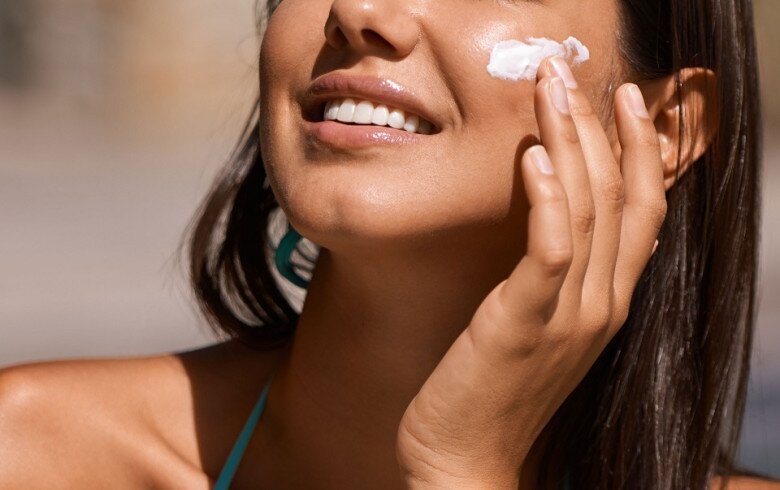
Sunscreen is only effective when applied in sufficient quantities and reapplied regularly.
While sunscreen is a crucial part of an anti-aging routine, relying solely on it without complementary measures will yield less-than-optimal results. In cases of severe acne inflammation, sensitive skin, or ongoing dermatological treatments with potent actives (retinoids, acids), consider alternative sun protection methods such as physical barriers or dietary sun protection.
Physical barriers: Clothing, hats, and sunglasses
When your skin cannot tolerate sunscreen, physical barriers become your primary defense. Wide-brimmed hats, thick scarves, UV-protective clothing, and sunglasses form the first line of defense against the sun’s rays and blue light. Specially designed fabrics with high UPF ratings effectively block UV rays from penetrating the fabric and reaching your skin.

Physical barriers offer optimal sun protection when sunscreen may cause irritation.
VIDEO: Vietnamese women share their sun protection strategies when outdoors
Oral sun protection
In addition to physical barriers, oral sun protection in the form of supplements can be considered. Ingredients like lycopene, beta-carotene, vitamins E and C, and Polypodium leucotomos extract have been shown to enhance the skin’s resistance to sun damage. However, it’s important to note that these supplements should not replace topical sunscreens but rather be used in conjunction with them or as a temporary measure when your skin is not ready for sunscreen application.
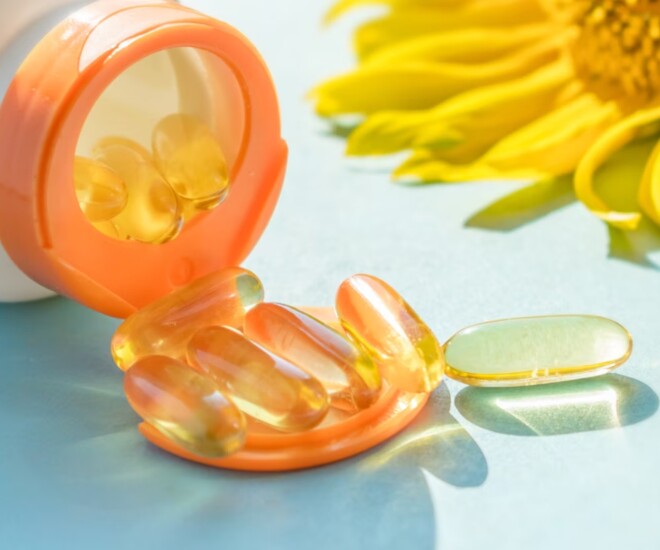
Oral sun protection supplements can support your skin when it’s not ready for topical sunscreen application.
Remember, while these alternatives are helpful, they should not replace sunscreen entirely. When your skin is ready, combine them with proper sunscreen usage, and always prioritize physical barriers like hats, scarves, and sunglasses when possible.
“Boost Your Skin’s Defense: A Guide to Skin Care During Beach Vacations”
“Staying hydrated is essential for healthy, glowing skin. Quench your skin’s thirst with pure water, fresh fruit juices, or refreshing drinks like coconut water and lemonade. These beverages not only hydrate but also provide a boost of vitamins, giving your skin the nourishment it needs to truly flourish.”
The Ageless Charm: Two Daily Habits for Ageless Skin
“Cate Blanchett attributes her youthful complexion to a diligent skincare routine. Her daily regimen includes a strict sunscreen application in the morning and a relaxing jade roller massage in the evening. This beauty ritual has become her signature, and it has undoubtedly contributed to her radiant and timeless beauty.”
“The Reverse-Aging Diet: A Model’s Guide to Ageless Beauty and Health.”
“Kim Jung Hee, a renowned model, has mastered the art of healthy eating. She swears by a unique habit of eating her vegetables first and leaving carbohydrates for the end of her meals. This simple yet effective strategy helps her maintain stable blood sugar levels and control her food intake efficiently. It’s a testament to her discipline and awareness of the impact of food choices.”
































